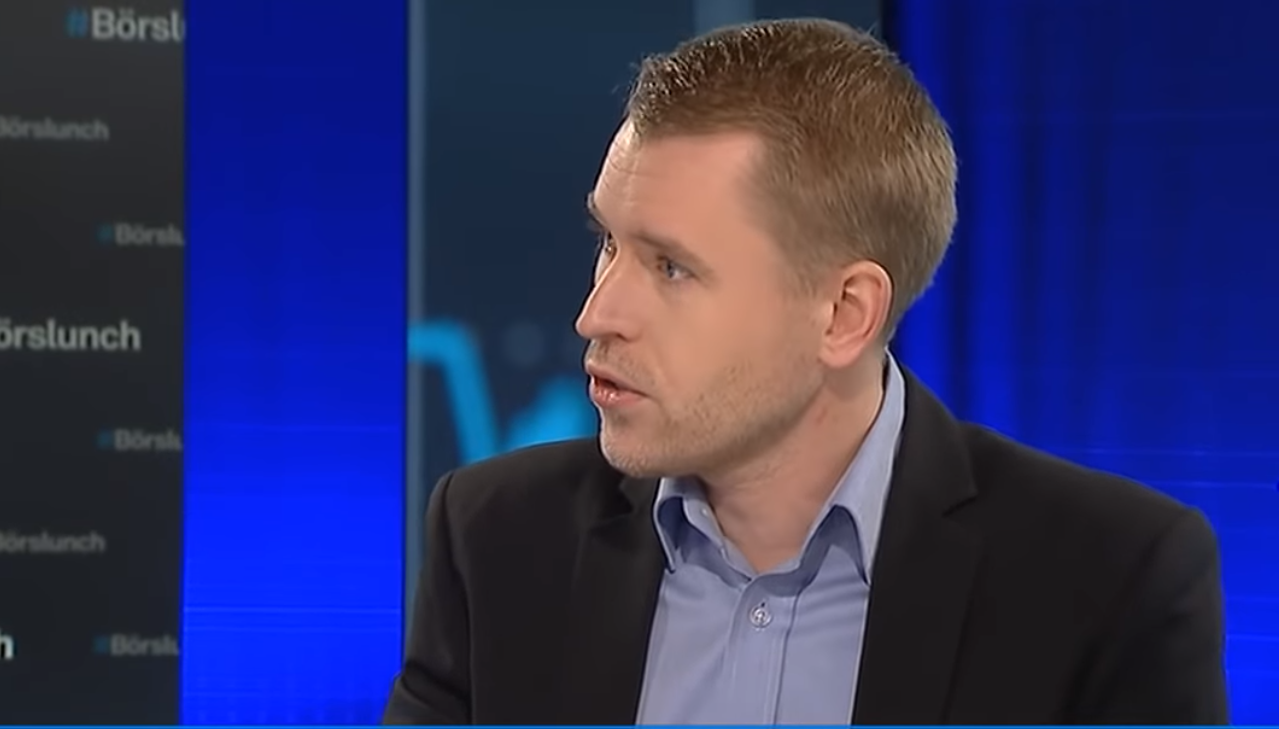Analys från DailyFX
Gold Prices Are Dropping Like a Rock: Support as Mere Speed-bumps
To receive James Stanley’s Analysis directly via email, please sign up here.
- Gold Technical Strategy: Gold prices have broken down to another support level at $1172.07.
- The prior up-trend from the first-half of 2016 is very much in question as Gold prices continue falling deeper.
- If you’re looking for trading ideas, check out our Trading Guides.
In our last article, we looked at another significant break of support in the Gold market as the previously-strong $1,200 level was taken out fairly quickly. As we advised, buyers needed to be very aware, as USD-strength had run rampant and there was little sign of slowdown as we moved into the Thanksgiving holiday in the United States. After running up to a quick swing-high at $1,337 on the initial risk aversion on the night of the election, the Dollar reversal took over and has, since, driven Gold prices lower by over $160 an ounce. This is a move of 12.26% in a mere three weeks…
Chart prepared by James Stanley
The most recent support inflection has shown up at a rather key level at $1,172.07, which is the 61.8% Fibonacci retracement of the recent bullish move, taking the lows from December of 2015 up to the July highs at $1,375. To be sure, some traders will likely attempt to use this to support reversal plays, but this may be a bit early for such a theme as, frankly, there is still little evidence that this recently re-fired scenario of USD-strength is ready to abate.
As we’ve been discussing throughout 2016, price action in Gold has been very cyclical. The bullish phases have been fast and violent, often taking place around Central Bank actions or activities. This is similar to what we saw in early February when the Fed began to relent on the whole ‘4 rate hikes in 2016’ idea. This is also similar to what we saw through the first half of this year as the Fed was getting more dovish for forward-looking rate expectations. Each dovish moved brought the Dollar lower, and this provided another quick and violent pop into Gold prices.
But the Fed hasn’t been dovish for all of this year, have they? Each time the Fed has ramped up the hawkishness, as we saw throughout May of this year and again around August (Jackson Hole) and September (Septemober FOMC), the Dollar has strengthened and this has brought on another prolonged ‘negative cycle’ in Gold prices.
The issue with top-side continuation in Gold prices right now is that it’s difficult to imagine how the Fed might ramp-up dovishness with the post-Election backdrop. While matters can change incredibly fast, it appears as though we have the ‘reflationary’ trade being priced-in and if this is the case, the ‘negative cycle’ in Gold prices can continue for a while, not too dissimilar to what we saw from 2011-2015. The bullish trade in Gold probably won’t be attractive again until the Fed tempers hawkishness which, frankly, they have no reason to do right now. They’ve wanted to normalize policy for years now, and the context with which the U.S. Presidential Elections are helping to redefine economic expectations could provide such a situation for the bank, and this will likely bring on prolonged pain for Gold prices.
For those that are looking for support, just underneath our current inflection we have a trend-line projection from a prior channel that had lasted for over two years in Gold (shown in blue, below).
For those looking to initiate short positions in Gold, resistance at $1,200 could open the door for such a play, as this has been a widely-watched level that helped to set support in May of this year.
Chart prepared by James Stanley
— Written by James Stanley, Strategist for DailyFX.com
To receive James Stanley’s analysis directly via email, please SIGN UP HERE
Contact and follow James on Twitter: @JStanleyFX
Analys från DailyFX
EURUSD Weekly Technical Analysis: New Month, More Weakness
What’s inside:
- EURUSD broke the ‘neckline’ of a bearish ‘head-and-shoulders’ pattern, April trend-line
- Resistance in vicinity of 11825/80 likely to keep a lid on further strength
- Targeting the low to mid-11600s with more selling
Confidence is essential to successful trading, see this new guide – ’Building Confidence in Trading’.
Coming into last week we pointed out the likelihood of finally seeing a resolution of the range EURUSD had been stuck in for the past few weeks, and one of the outcomes we made note of as a possibility was for the triggering of a ’head-and-shoulders’ pattern. Indeed, we saw a break of the ’neckline’ along with a drop below the April trend-line. This led to decent selling before a minor bounce took shape during the latter part of last week.
Looking ahead to next week the euro is set up for further losses as the path of least resistance has turned lower. Looking to a capper on any further strength there is resistance in the 11825-11880 area (old support becomes new resistance). As long as the euro stays below this area a downward bias will remain firmly intact.
Looking lower towards support eyes will be on the August low at 11662 and the 2016 high of 11616, of which the latter just happens to align almost precisely with the measured move target of the ‘head-and-shoulders’ pattern (determined by subtracting the height of the pattern from the neckline).
Bottom line: Shorts look set to have the upperhand as a fresh month gets underway as long as the euro remains capped by resistance. On weakness, we’ll be watching how the euro responds to a drop into support levels.
For a longer-term outlook on EURUSD, check out the just released Q4 Forecast.
EURUSD: Daily
—Written by Paul Robinson, Market Analyst
You can receive Paul’s analysis directly via email bysigning up here.
You can follow Paul on Twitter at@PaulRobinonFX.
Analys från DailyFX
Euro Bias Mixed Heading into October, Q4’17

Why and how do we use IG Client Sentiment in trading? See our guide and real-time data.
EURUSD: Retail trader data shows 37.3% of traders are net-long with the ratio of traders short to long at 1.68 to 1. In fact, traders have remained net-short since Apr 18 when EURUSD traded near 1.07831; price has moved 9.6% higher since then. The number of traders net-long is 15.4% lower than yesterday and 16.4% higher from last week, while the number of traders net-short is 0.4% higher than yesterday and 10.5% lower from last week.
We typically take a contrarian view to crowd sentiment, and the fact traders are net-short suggests EURUSD prices may continue to rise. Positioning is more net-short than yesterday but less net-short from last week. The combination of current sentiment and recent changes gives us a further mixed EURUSD trading bias.
— Written by Christopher Vecchio, CFA, Senior Currency Strategist
To contact Christopher Vecchio, e-mail cvecchio@dailyfx.com
Follow him on Twitter at @CVecchioFX
To be added to Christopher’s e-mail distribution list, please fill out this form
Analys från DailyFX
British Pound Reversal Potential Persists Heading into New Quarter

Why and how do we use IG Client Sentiment in trading? See our guide and real-time data.
GBPUSD: Retail trader data shows 38.2% of traders are net-long with the ratio of traders short to long at 1.62 to 1. In fact, traders have remained net-short since Sep 05 when GBPUSD traded near 1.29615; price has moved 3.4% higher since then. The number of traders net-long is 0.1% higher than yesterday and 13.4% higher from last week, while the number of traders net-short is 10.6% lower than yesterday and 18.3% lower from last week.
We typically take a contrarian view to crowd sentiment, and the fact traders are net-short suggests GBPUSD prices may continue to rise. Yet traders are less net-short than yesterday and compared with last week. Recent changes in sentiment warn that the current GBPUSD price trend may soon reverse lower despite the fact traders remain net-short.
— Written by Christopher Vecchio, CFA, Senior Currency Strategist
To contact Christopher Vecchio, e-mail cvecchio@dailyfx.com
Follow him on Twitter at @CVecchioFX
To be added to Christopher’s e-mail distribution list, please fill out this form
-
Analys från DailyFX10 år ago
EUR/USD Flirts with Monthly Close Under 30 Year Trendline
-

 Marknadsnyheter2 år ago
Marknadsnyheter2 år agoUpptäck de bästa verktygen för att analysera Bitcoin!
-
Marknadsnyheter5 år ago
BrainCool AB (publ): erhåller bidrag (grant) om 0,9 MSEK från Vinnova för bolagets projekt inom behandling av covid-19 patienter med hög feber
-
Analys från DailyFX12 år ago
Japanese Yen Breakout or Fakeout? ZAR/JPY May Provide the Answer
-

 Marknadsnyheter2 år ago
Marknadsnyheter2 år agoDärför föredrar svenska spelare att spela via mobiltelefonen
-
Analys från DailyFX12 år ago
Price & Time: Key Levels to Watch in the Aftermath of NFP
-
Analys från DailyFX8 år ago
Gold Prices Falter at Resistance: Is the Bullish Run Finished?
-

 Nyheter7 år ago
Nyheter7 år agoTeknisk analys med Martin Hallström och Nils Brobacke












